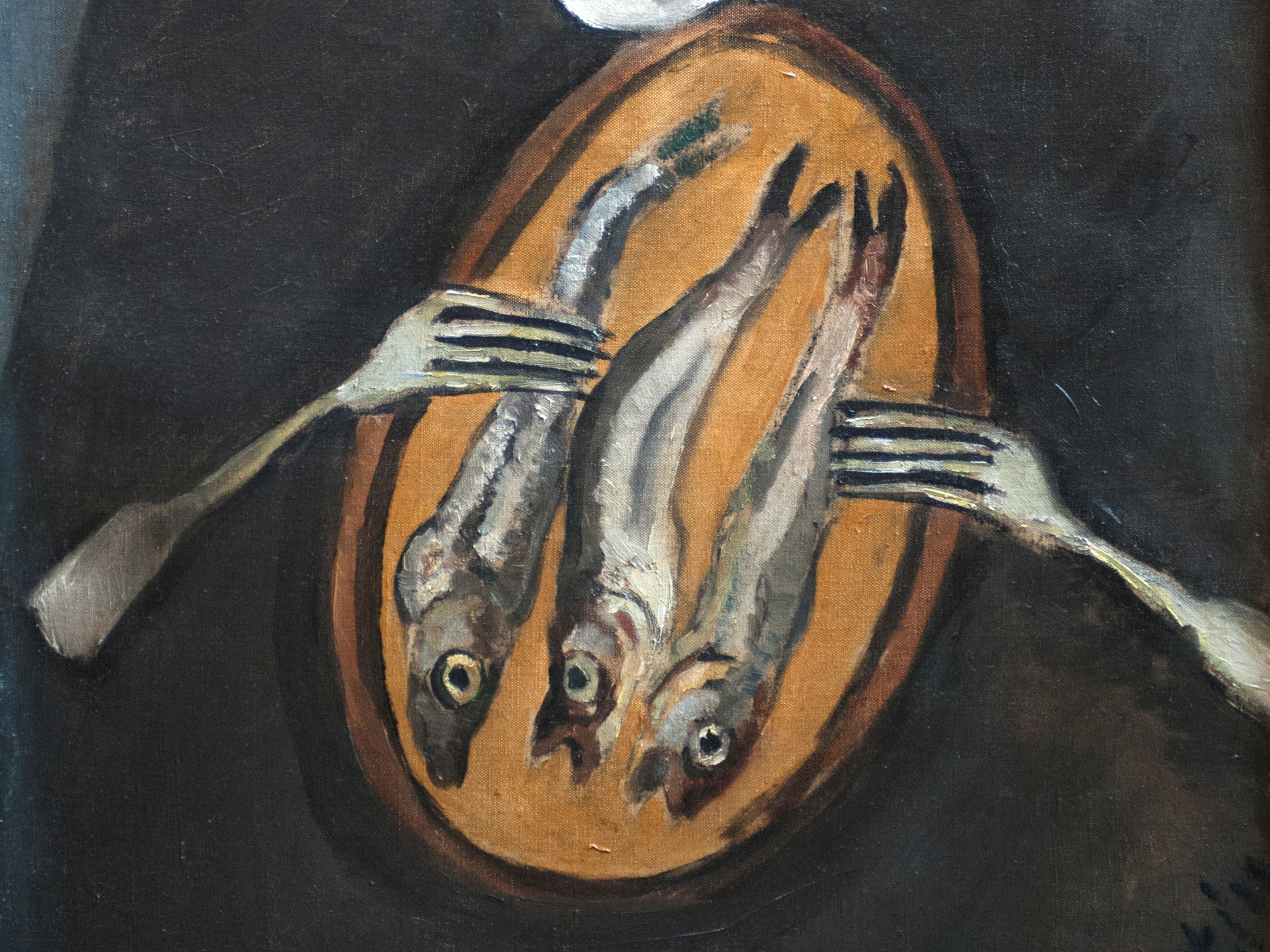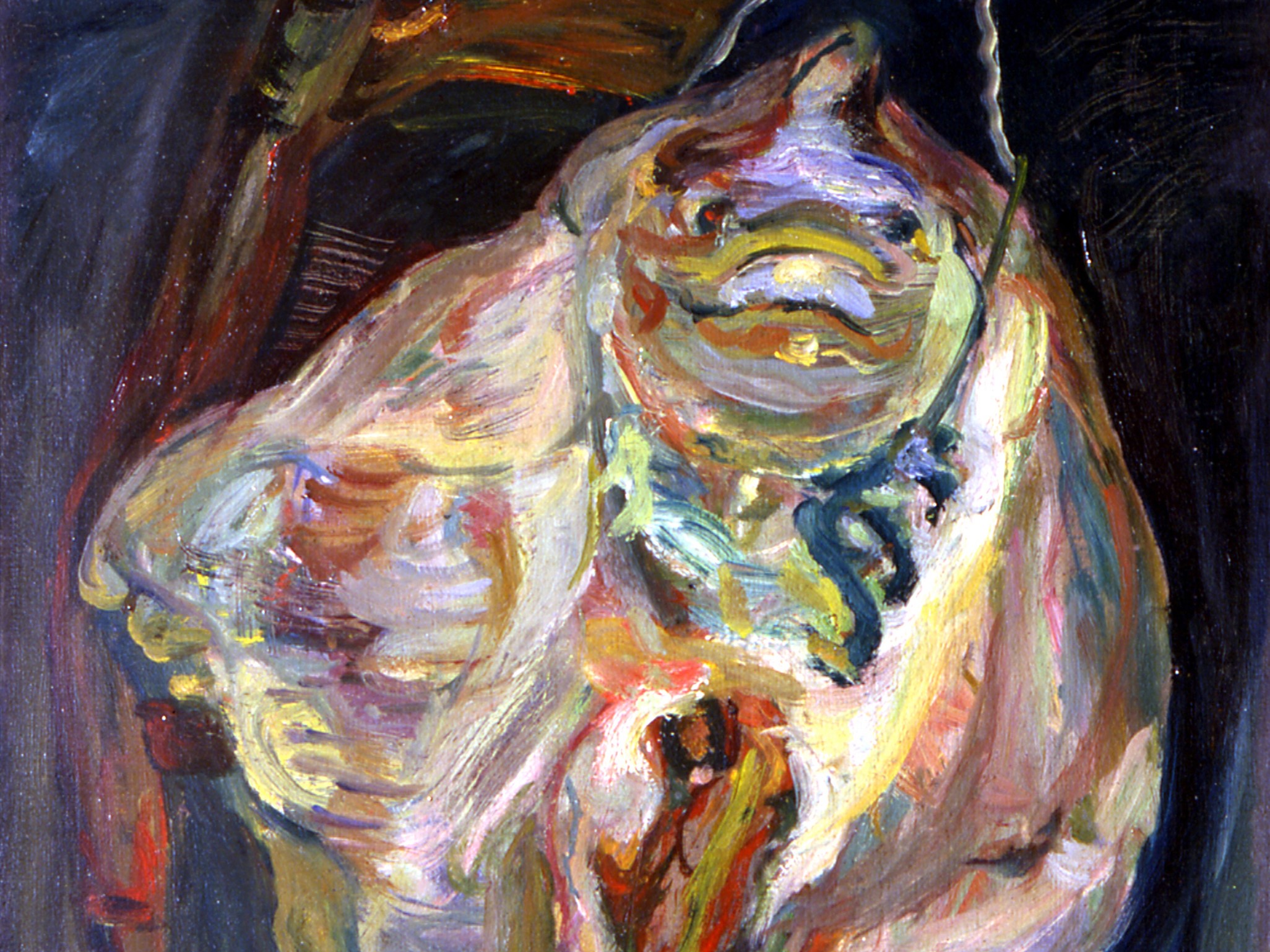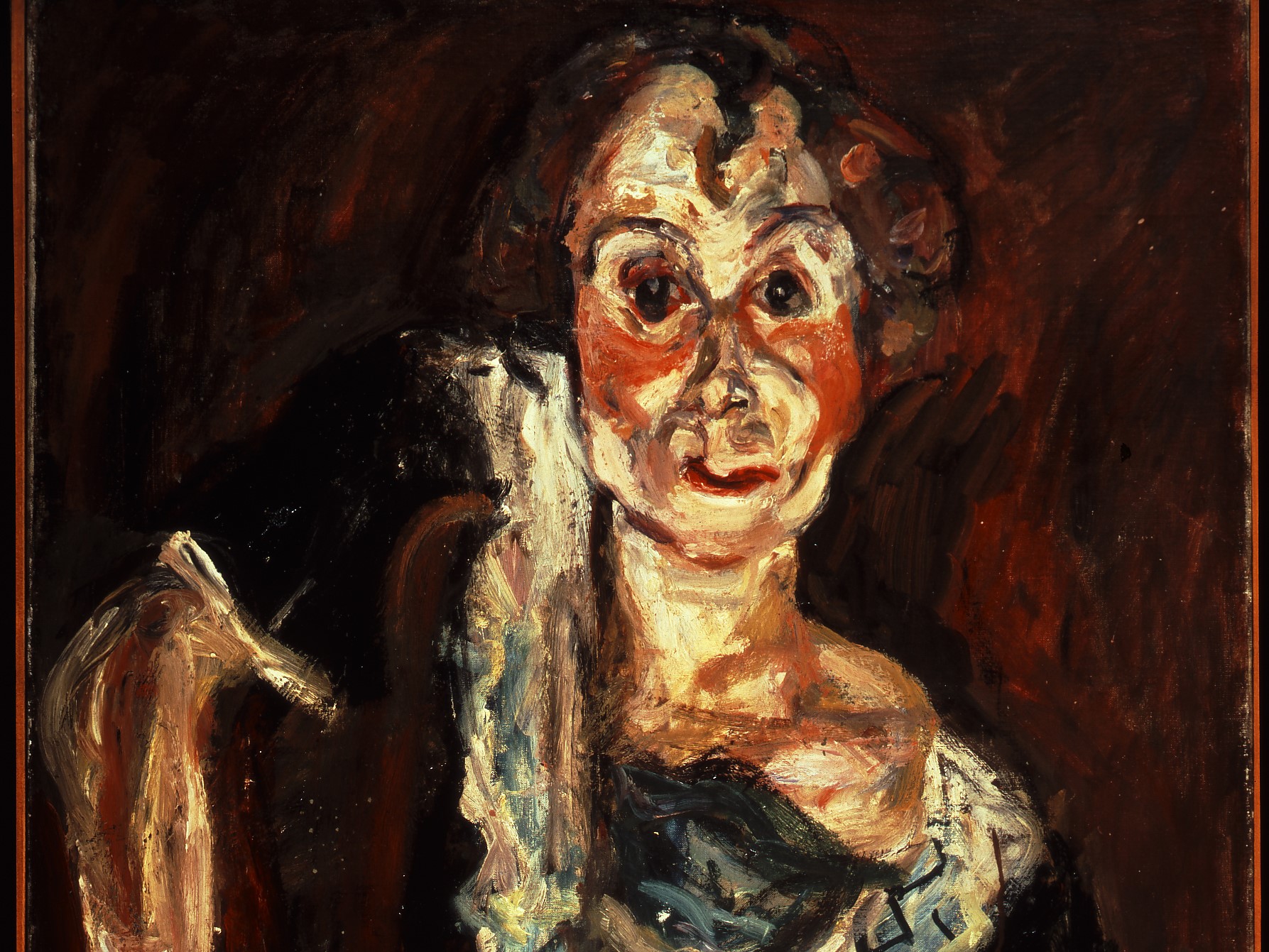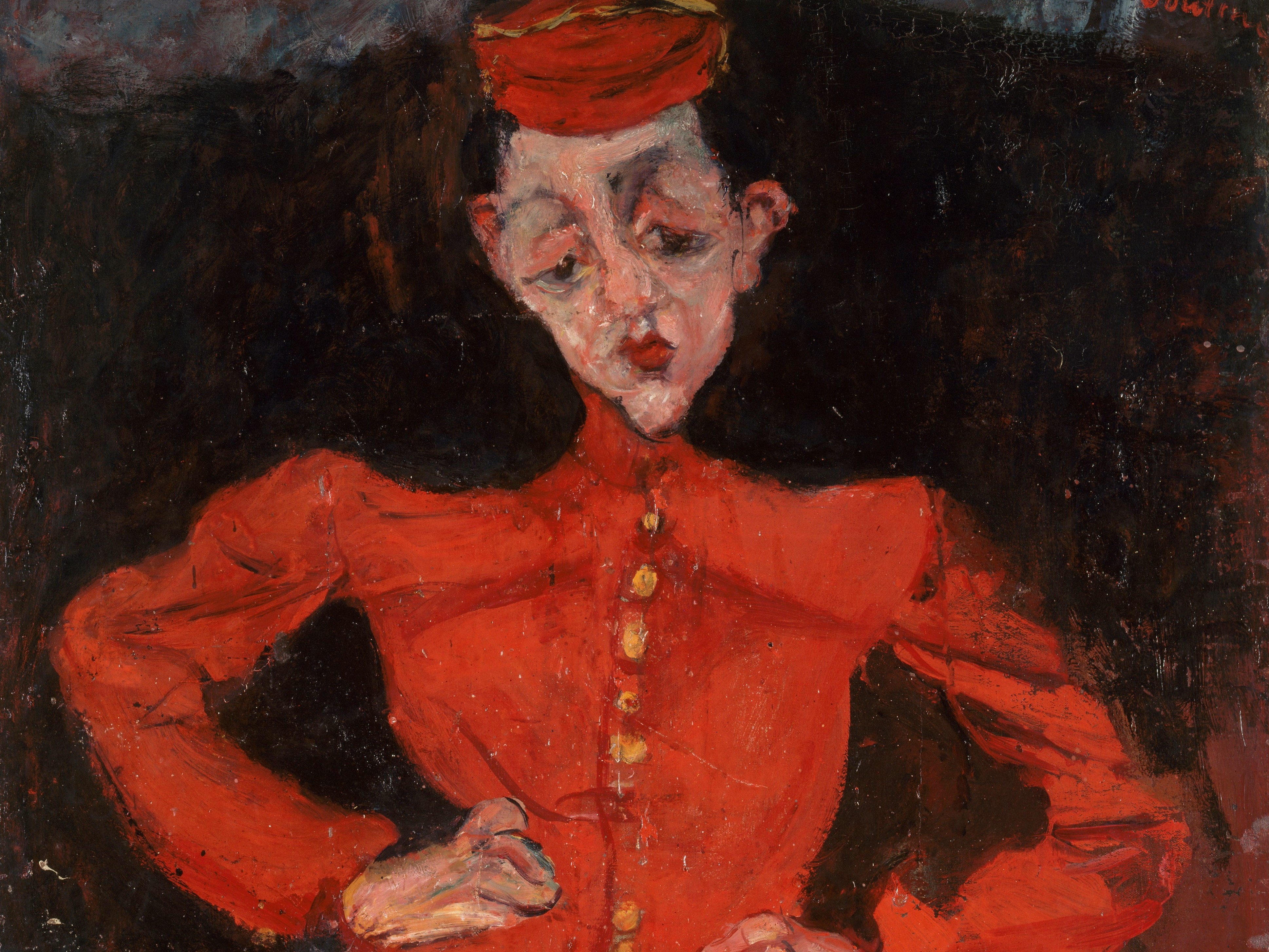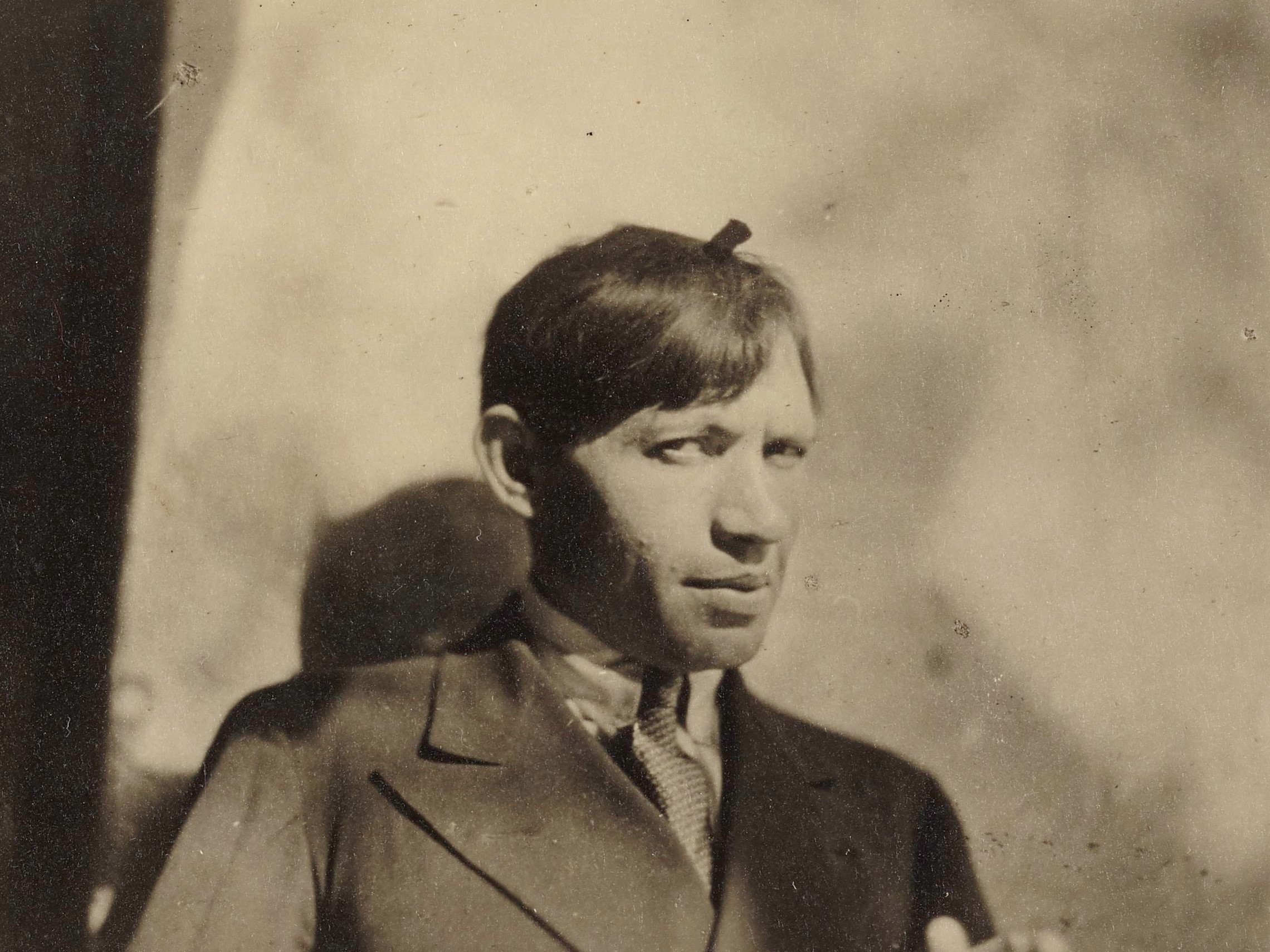The Kunstsammlung Nordrhein-Westfalen is dedicating an exhibition to the magnificent work of Chaïm Soutine (1893–1943). His expressive paintings shed light on his life as a Jewish emigrant and at the same time bear witness to an unstable existence on the fringes of society. With some sixty paintings, the exhibition at K20 deliberately concentrates on the artist’s early masterpieces, focusing on the various series created between 1918 and 1928.
Chaïm Soutine is one of the great painters of early modernism. His unique paintings are at once sensitive and drastic. With tempestuous brushstrokes, explosions of color, and distortions of form, he created declarations of love for life and for people on the lowest rung of society—an experience Soutine was able to share through his own biography. Bellboys, chambermaids, cooks, altar boys, and choir boys were his models. With them, as with his paintings of swaying landscapes and slaughtered animals, he created powerful images for an entire era—a generation marked by war, social ills, and the relentless clash of religious and political worldviews. The people and motifs depicted are deeply moving because their vulnerability expresses the existential anxieties of our own time.
Chaïm Soutine grew up in a shtetl near Minsk in present-day Belarus. In 1913, he moved to Paris. Although the metropolis became his surrogate home, he remained an outsider throughout his life, who initially had a poor command of the language and was unfamiliar with social conventions. The experience of flight and migration, which profoundly shaped Soutine’s life, resonates in his work. Among his few friends was the Italian artist Amedeo Modigliani. He ignored artist groups as well as the leading trends of Surrealism and Cubism.
Soutine, who had an enormous influence on painting after 1945, is one of the key representatives of early modernism; in Germany, he is revered especially in artistic circles.
The exhibition is a cooperation between the Kunstsammlung Nordrhein-Westfalen in Düsseldorf, the Louisiana Museum of Modern Art in Humlebæk, and the Kunstmuseum Bern.

Chaïm Soutine, The Bellhop, 1925. Oil on canvas, 98 × 80.5 cm. Ancienne collection du baron Kojiro Matsukata affectée en 1959 au Musée national d'art moderne en application du traité de paix avec le Japon de 1952 Centre Pompidou, Paris, Musée national d'art moderne - Centre de création industrielle bpk | CNAC-MNAM | Philippe Migeat.
Catalogue
